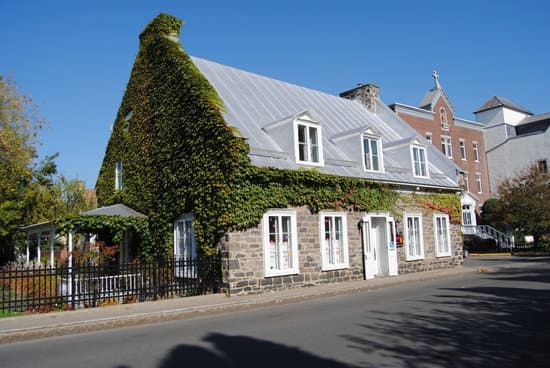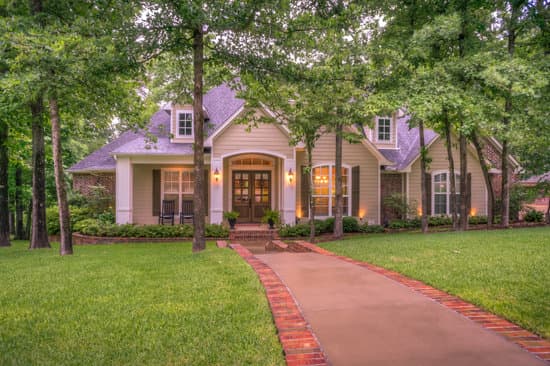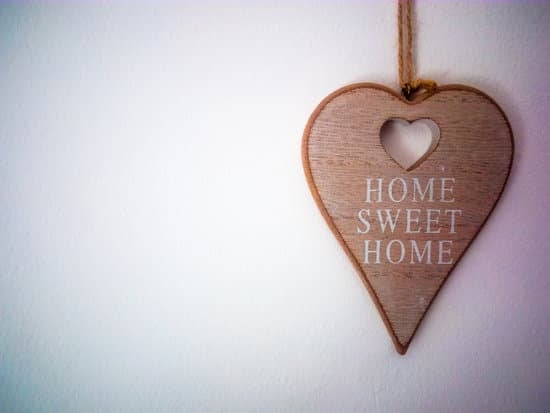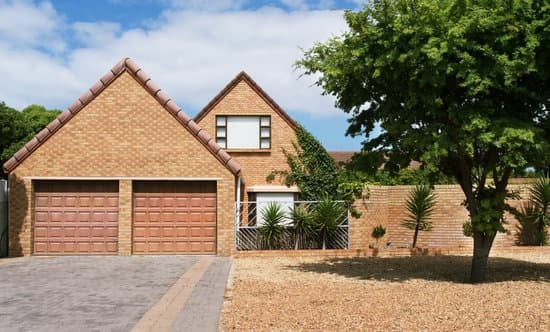- Eaves – These are the edges of the roof that extend beyond the wall. Eaves are usually vulnerable because they are the lowest part of the roof where water can accumulate and seep beneath the shingles. Water can also get behind the fascia, the board that covers the ends of the roof rafters, causing even more damage.
- Ridge Vent – A ridge vent is an opening along the peak of a sloped roof that allows warm, humid air to escape. These openings can be vulnerable to leaks if they’re not installed correctly or damaged by animals or severe weather.
- Valleys – Valleys are the areas where two roof planes meet at an angle, creating a V-shape. Water can accumulate in these areas and seep through tiny gaps or cracks, especially if the flashing is damaged or incorrectly installed.
- Flashing – Flashing is a thin, waterproof material that’s installed where two different parts of the roof meet, such as around a chimney or vent. It’s also used to seal gaps in the roof where water could seep in. However, damaged or improperly installed flashing can lead to leaks and serious damage to your roof and home.
The roof of a house serves as its primary protection against different weather conditions. However, even the sturdiest roofs can have vulnerable spots that can lead to leaks and other serious damage. So, what are the most vulnerable parts of the roof? Here are some of them:






















